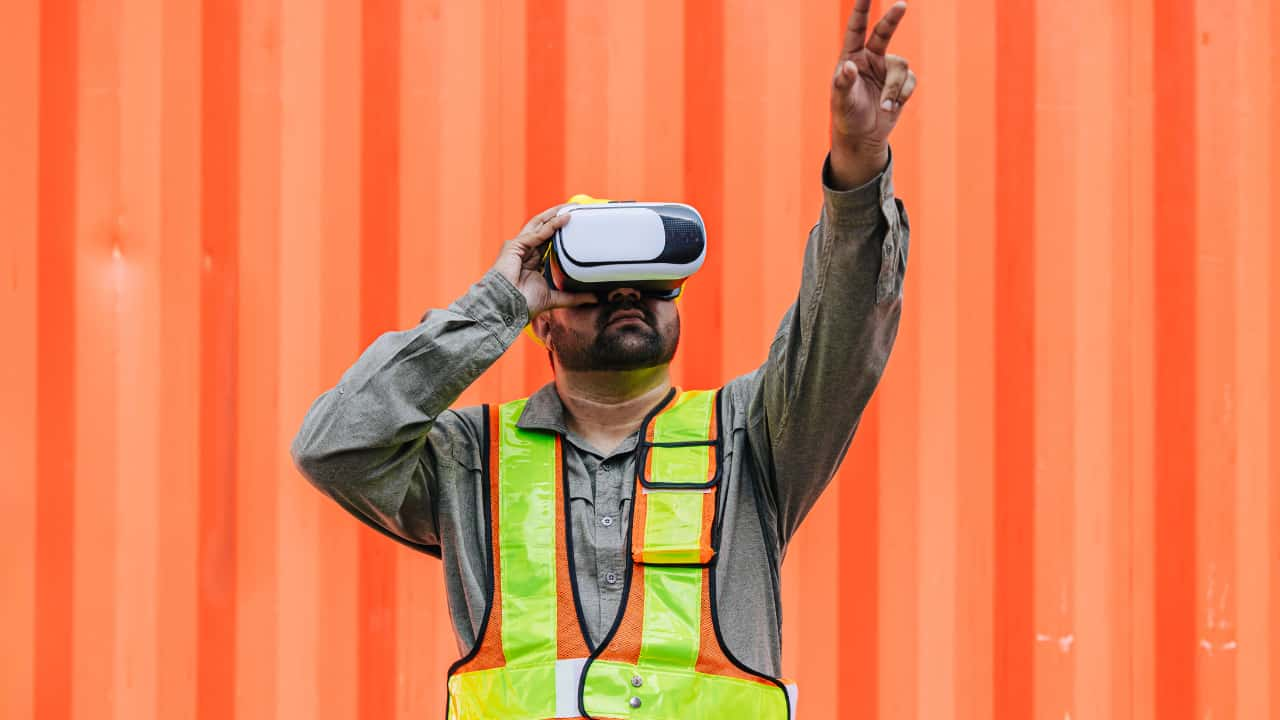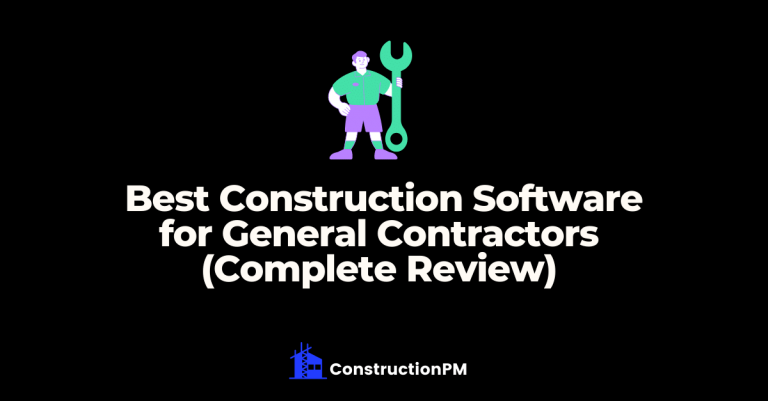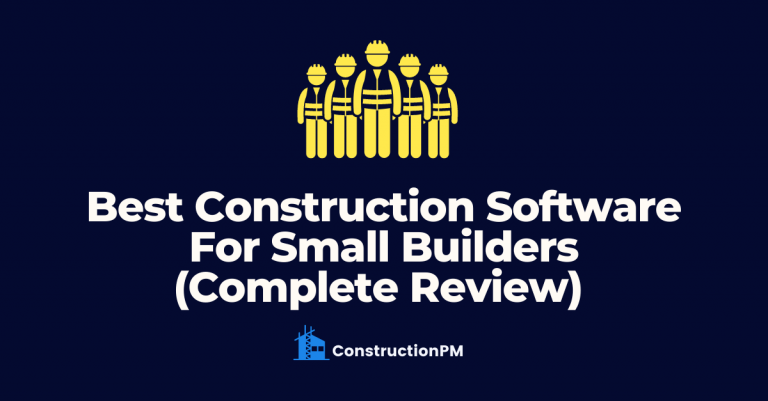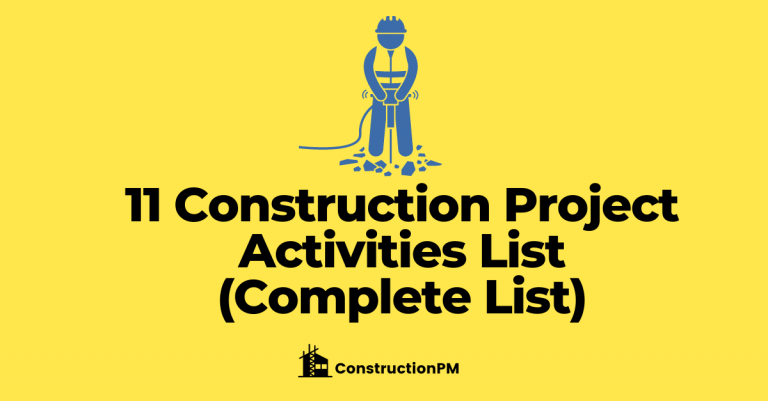
Last updated on September 22nd, 2024 at 01:11 pm
Virtual Reality (VR) is transforming the construction industry by offering innovative solutions that enhance efficiency, safety, and collaboration. Here are 11 advantages of using VR in construction:
Table of Contents
11 Advantages of Using Virtual Reality in Construction
1. Improved Design Visualization
Virtual Reality allows stakeholders to visualize construction projects in a fully immersive 3D environment. This enhances understanding and allows for better decision-making, as clients and team members can explore the design in a realistic setting before construction begins.
2. Enhanced Collaboration
VR facilitates better collaboration among project teams by providing a shared virtual space where architects, engineers, and clients can interact and discuss designs in real time. This leads to improved communication and fewer misunderstandings.
3. Early Detection of Design Flaws
By visualizing the construction project in VR, teams can identify and address design flaws early in the process. This proactive approach helps minimise costly changes and delays during the construction phase.
4. Streamlined Project Planning
VR tools can simulate construction processes, allowing project managers to plan and sequence tasks more efficiently. This leads to better resource allocation and optimized project timelines.
5. Enhanced Safety Training
Virtual Reality can be used to train workers in a safe, controlled environment. Virtual Reality Safety training allows workers to experience and respond to hazardous situations without risk, improving their preparedness and reducing workplace accidents.
6. Increased Client Engagement
Clients can experience their future buildings through VR, providing them with a clear understanding of the final product. This immersive experience increases client engagement and satisfaction, as they can make informed decisions and provide feedback during the design phase.
7. Efficient Design Iterations
VR enables quick and cost-effective design iterations. Changes can be made and visualized in real-time, allowing for rapid adjustments and refinements based on client feedback or new insights.
8. Enhanced Marketing and Sales
Using VR Training, construction companies can create virtual tours of their projects, showcasing their work to potential clients and investors. This innovative marketing approach can attract new business and give companies a competitive edge.
9. Better Training and Skill Development
VR provides an excellent platform for training and skill development. Workers can practice and hone their skills in a realistic virtual environment, leading to improved performance and productivity on the actual job site.
10. Detailed Project Documentation
Virtual Reality can capture every detail of the construction process, creating a comprehensive digital record. This documentation can be invaluable for future reference, maintenance, and renovations.
11. Cost Savings
By improving design accuracy, enhancing safety training, and streamlining project planning, VR can lead to significant cost savings. Fewer errors and accidents mean lower expenses and a more efficient construction process.
Conclusion
The integration of Virtual Reality in the construction industry offers numerous advantages, from improved design visualization and collaboration to enhanced safety training and cost savings. By leveraging VR technology, construction companies can deliver higher-quality projects, increase client satisfaction, and maintain a competitive edge in the market.
Whether it’s through better planning, efficient training, or innovative marketing, VR is set to revolutionize the construction industry, paving the way for more sustainable and successful projects.




